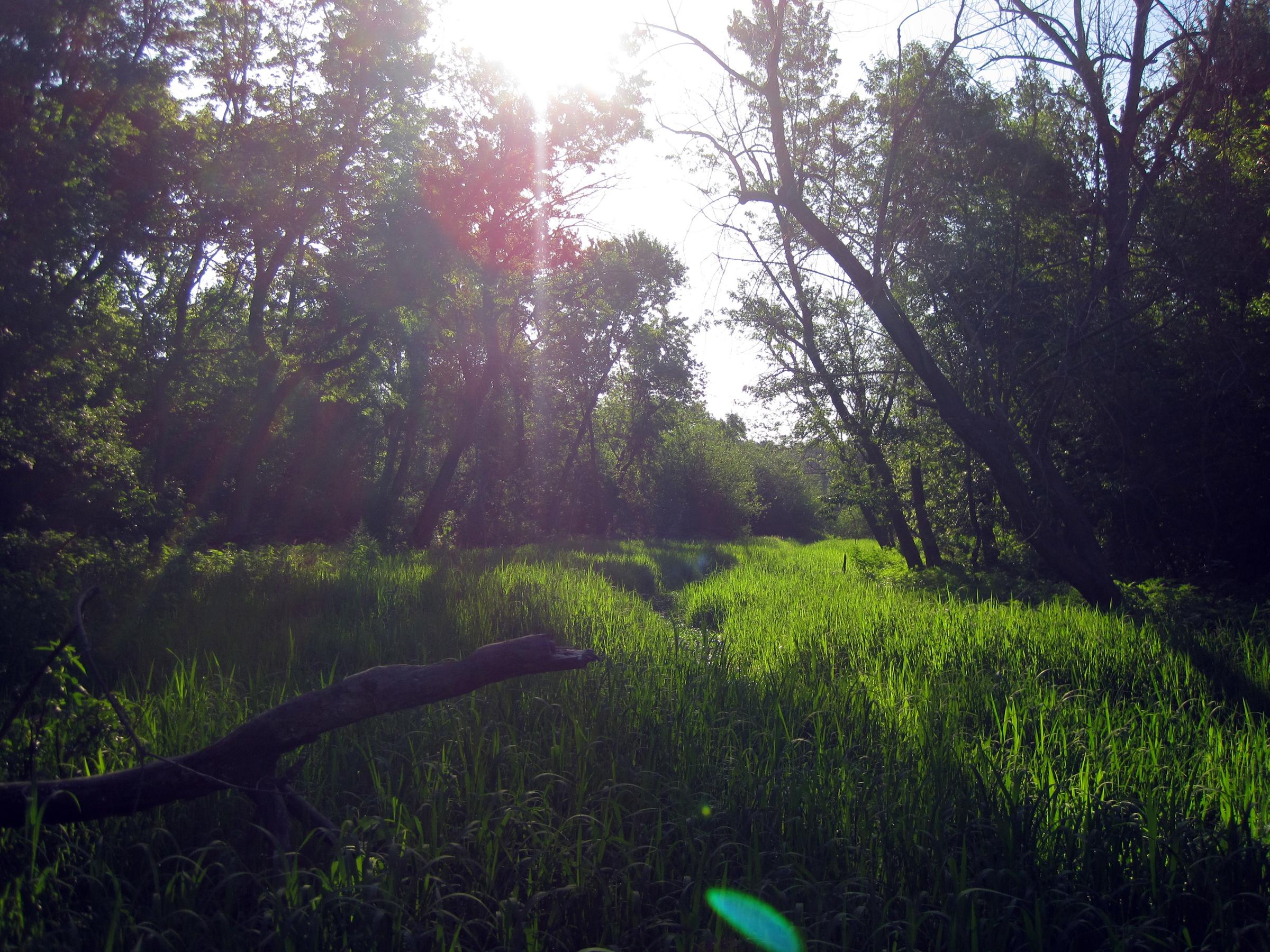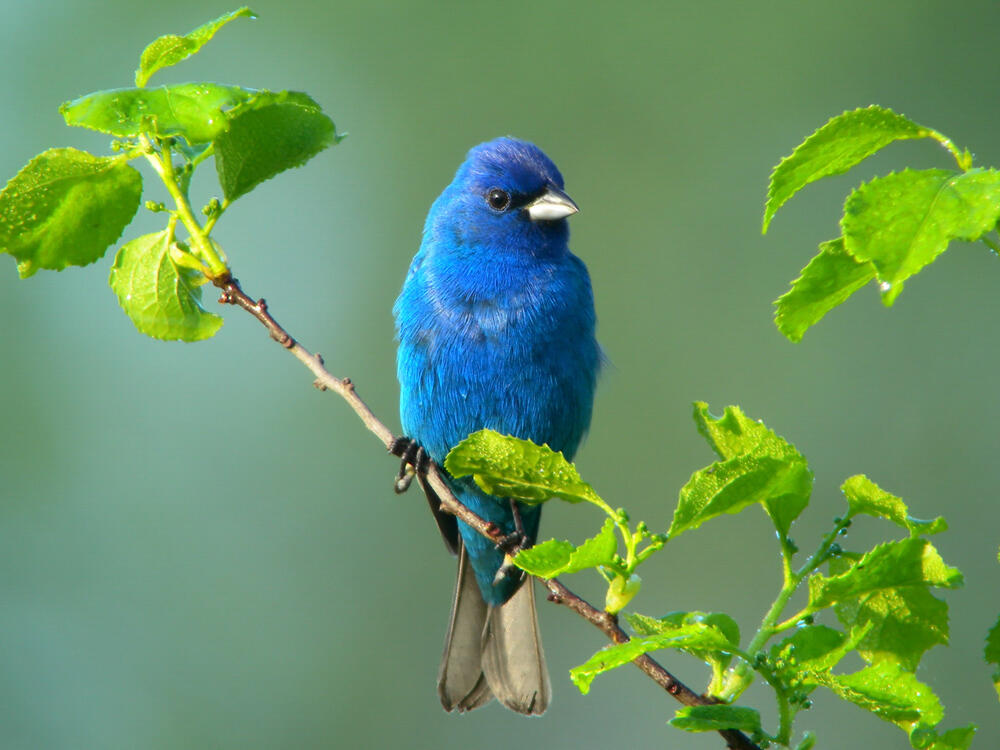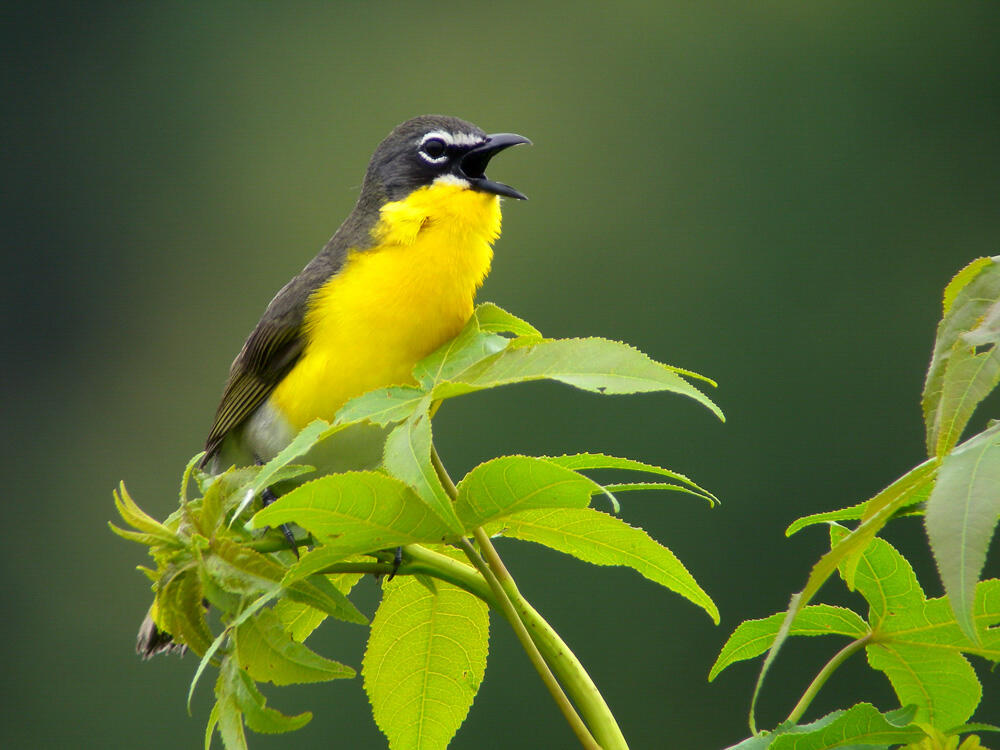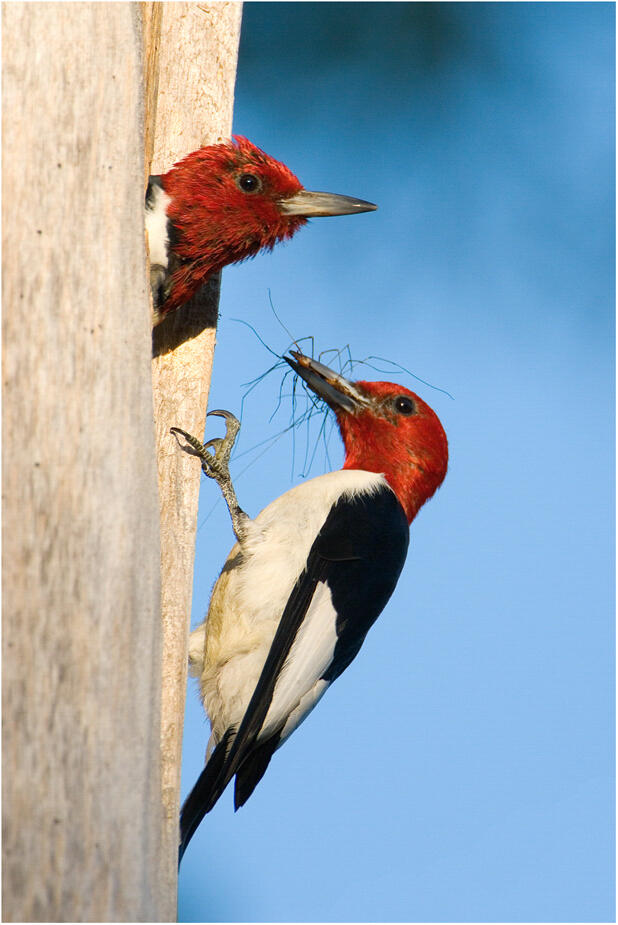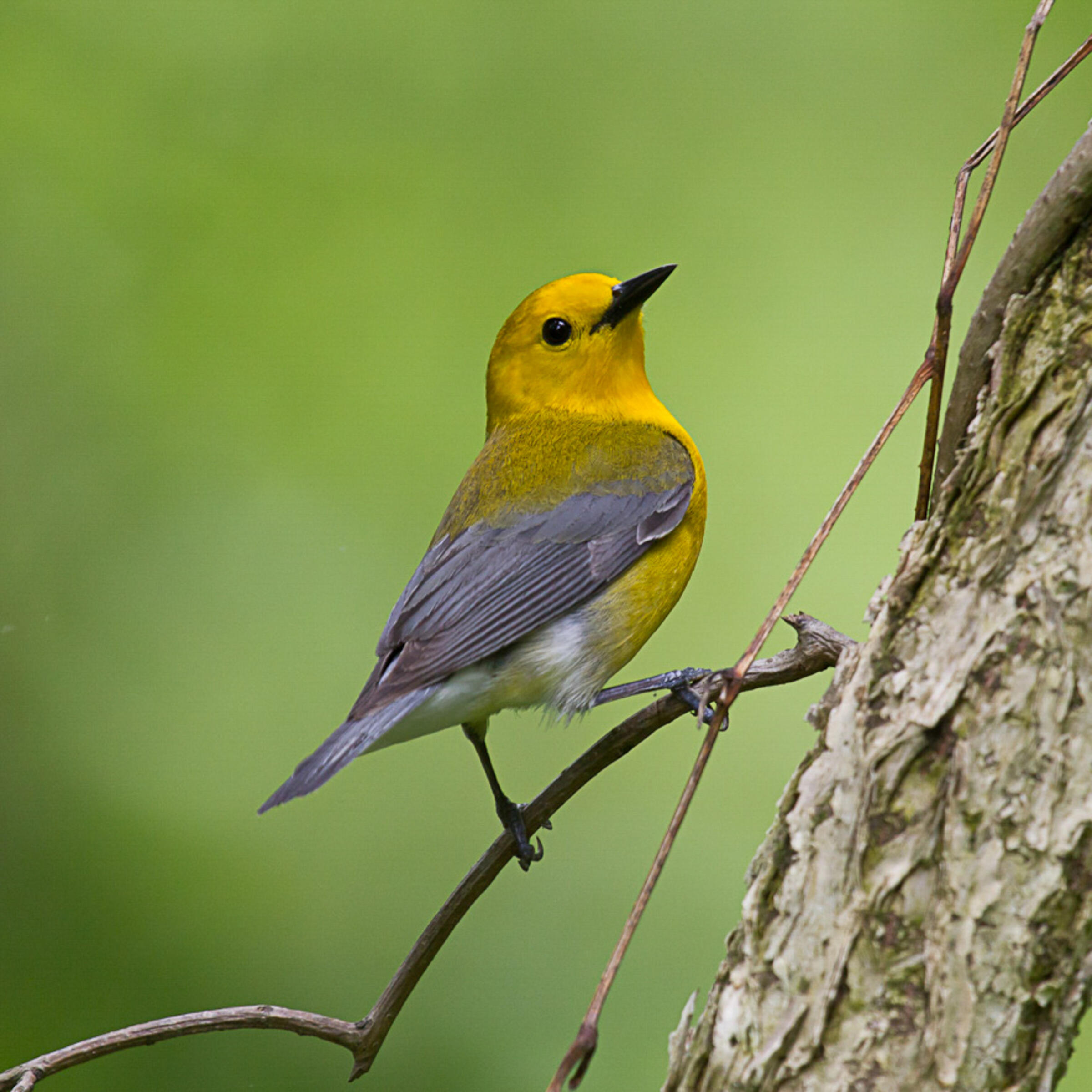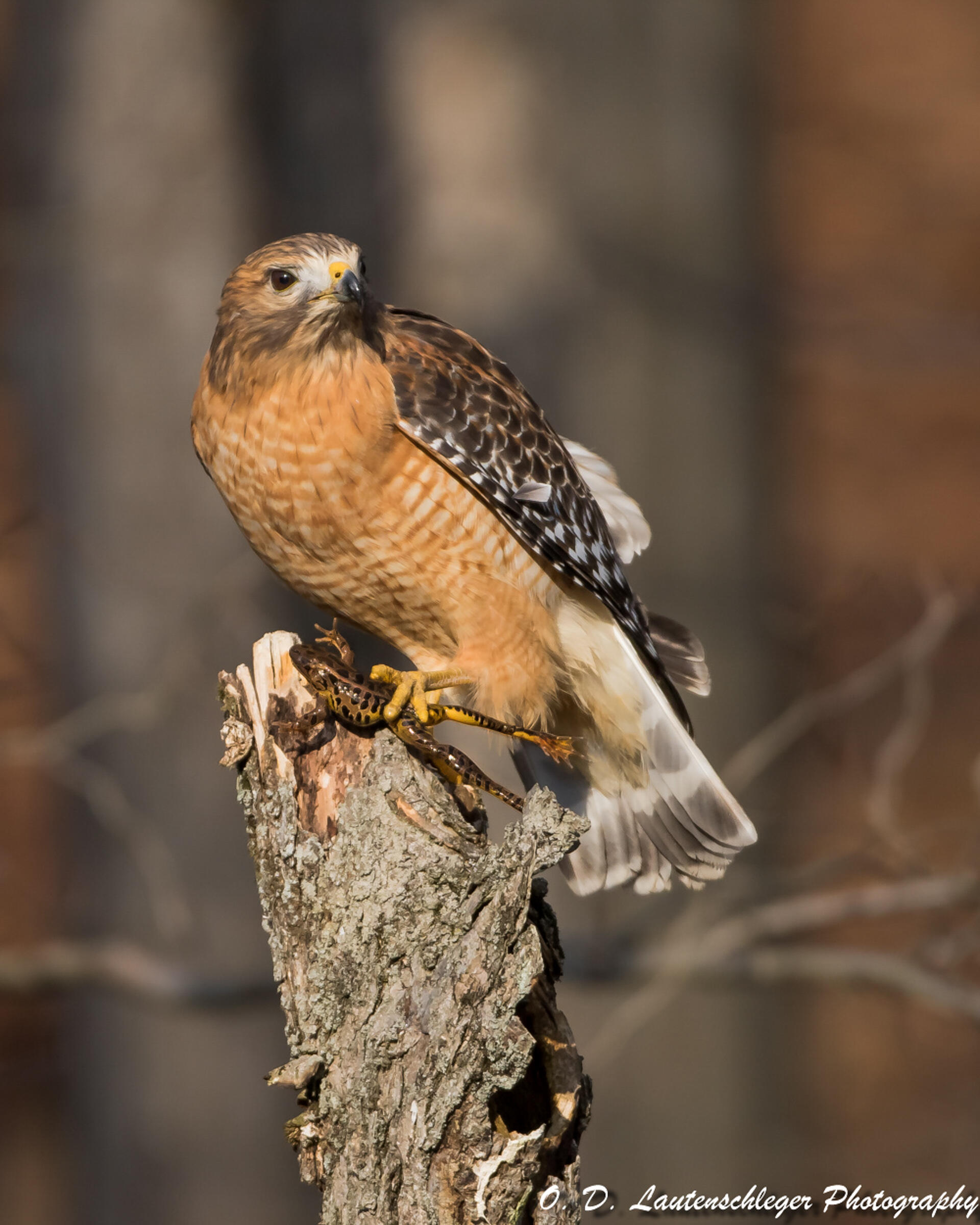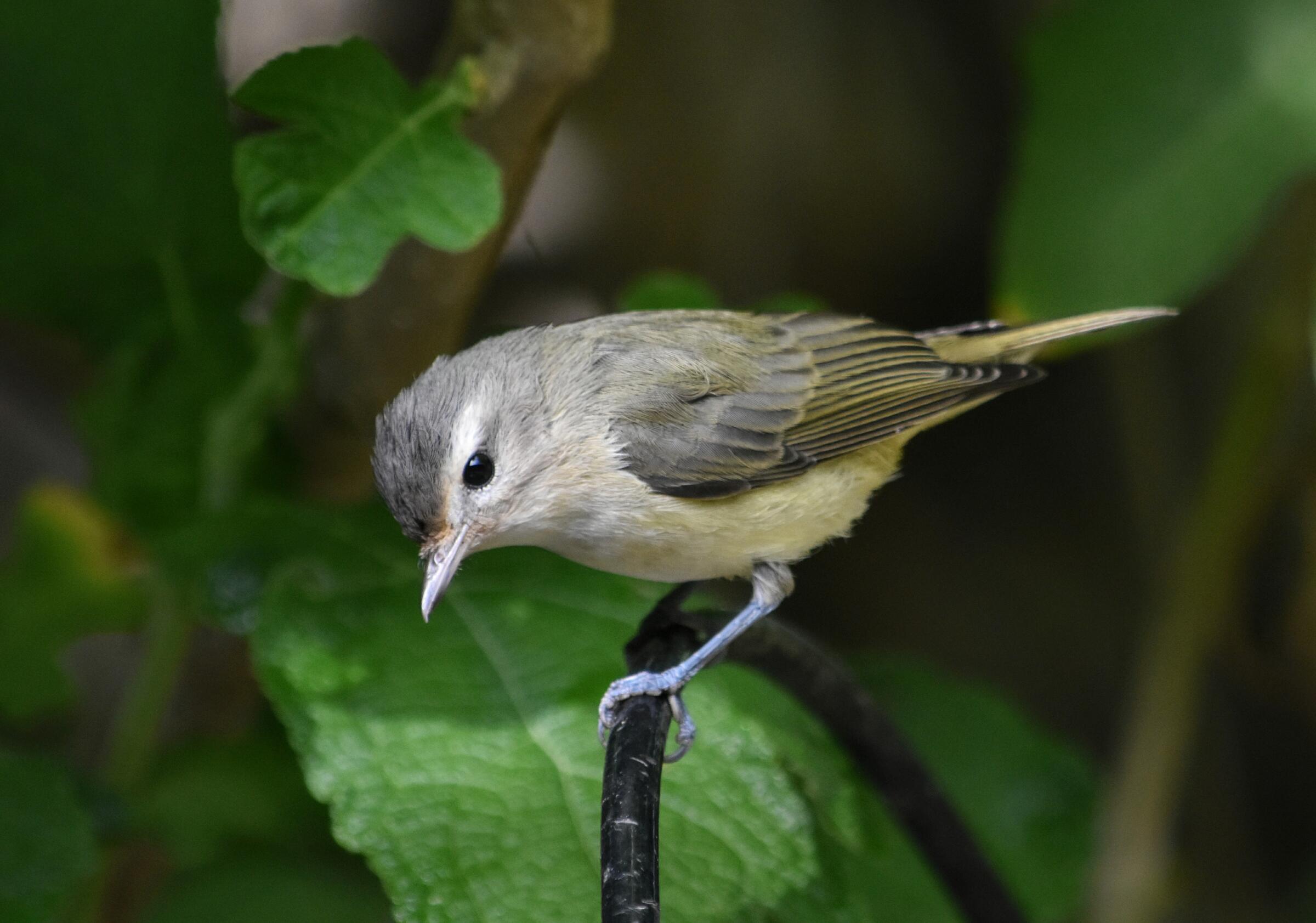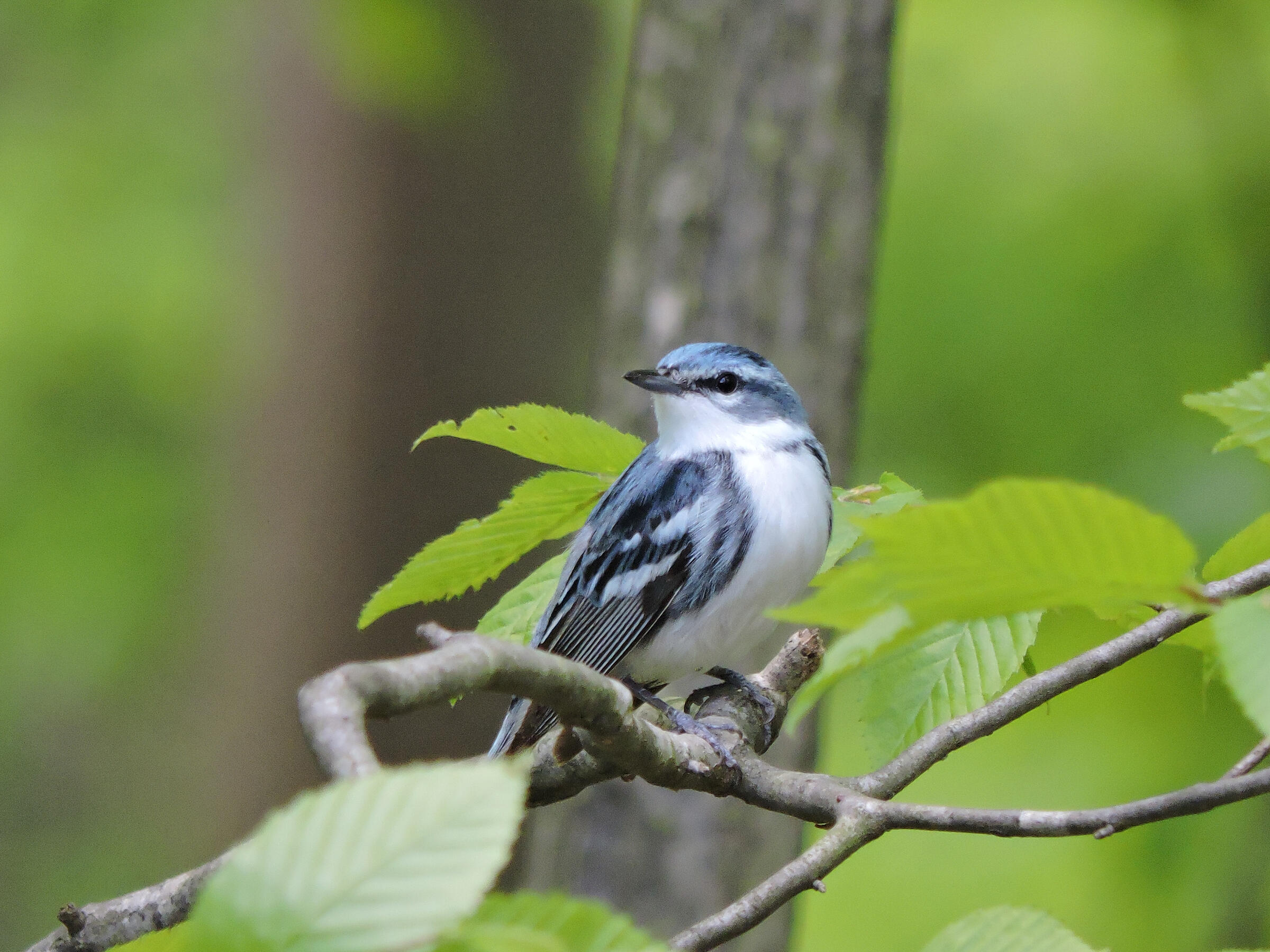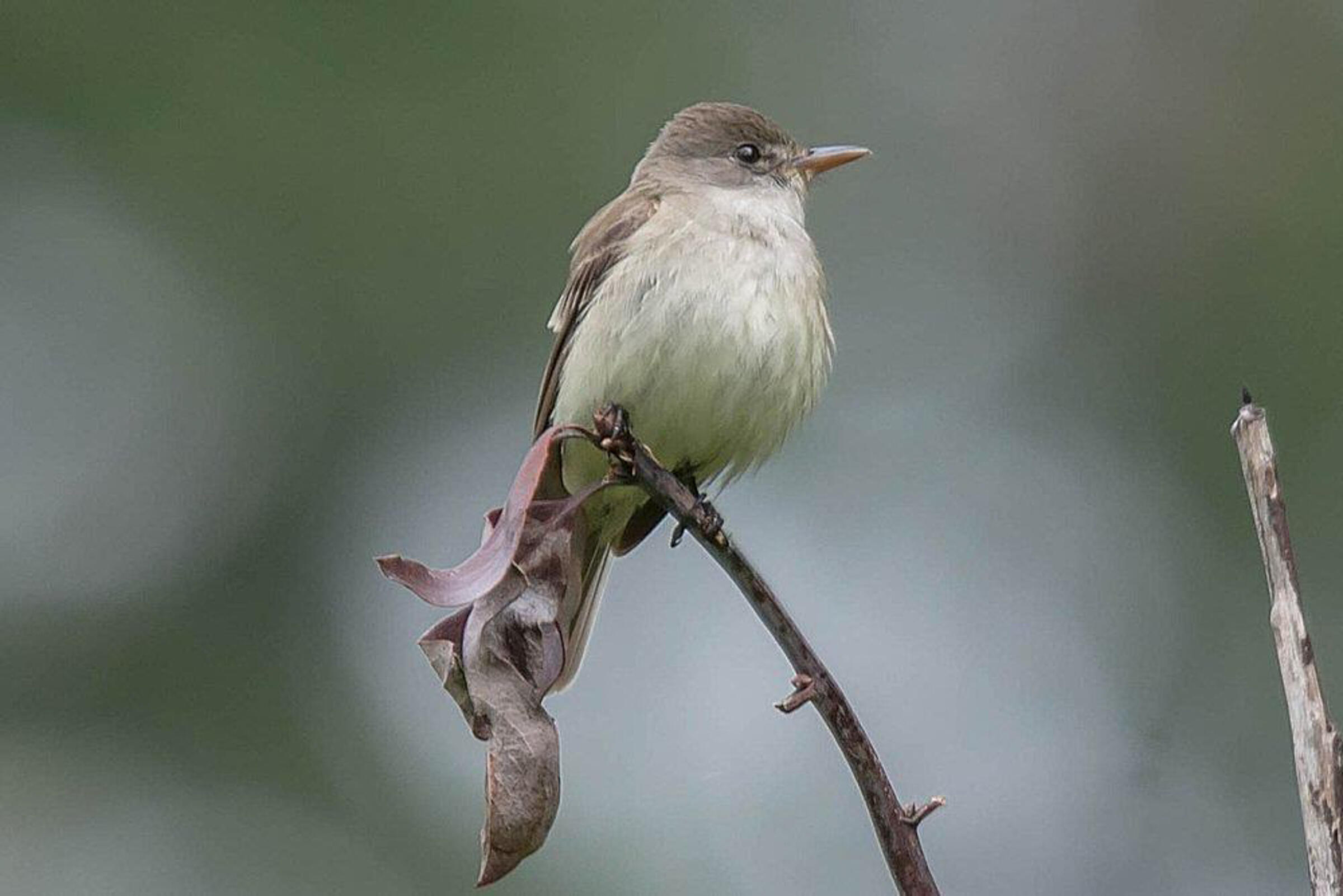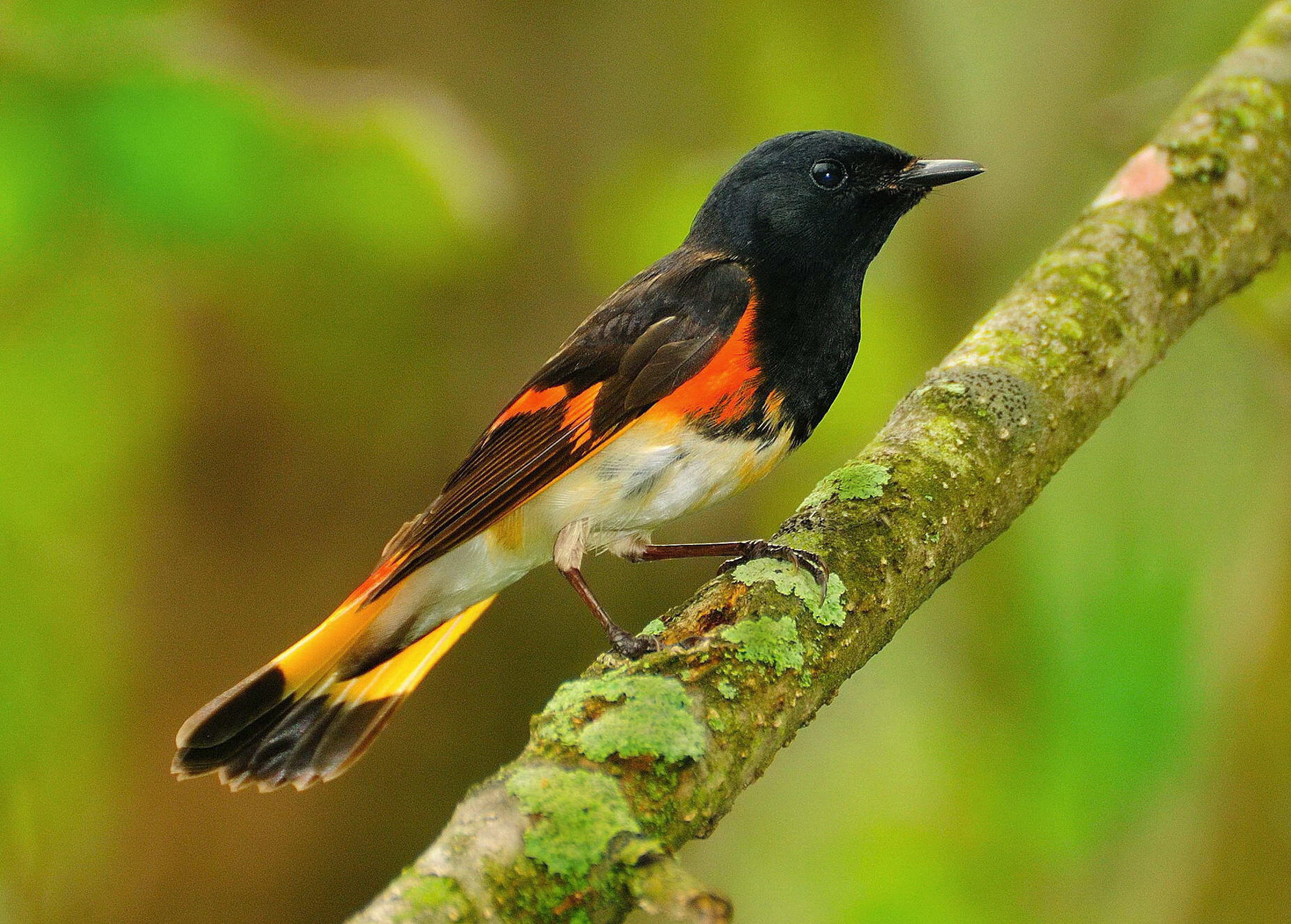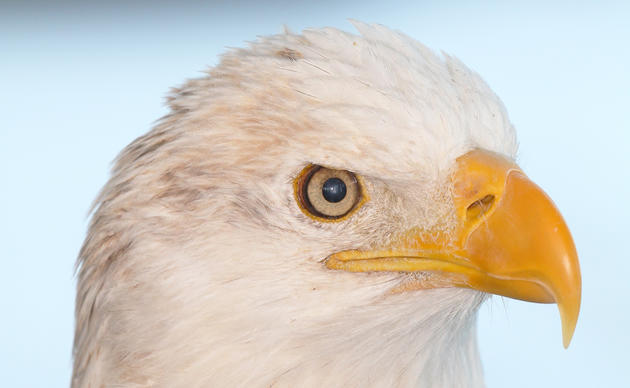The Mississippi River is a globally significant migratory flyway providing breeding, foraging and stopover habitat for over 300 species of birds. This includes 60% of migratory bird species in North America, and 40% of North American waterfowl.
Bottomland or floodplain forests are an integral component of the major river systems in the Midwest, with some of the largest tracts of these forests along the Mississippi River. These forests support a vast diversity of birds and other biota that researchers use to indicate ecosystem health. Detection of the presence and abundance, of both charismatic and secretive bird species, can help scientist understand the health of bottomland forests and more broadly the Mississippi River.
The St. Louis District of the U.S. Army Corps of Engineers manages nearly 50,000 acres of floodplain forest on the Upper Mississippi River. Since 2012, the Audubon Center at Riverlands and the Rivers Project Office of the U.S. Army Corps of Engineers have conducted an avian monitoring program focused on these forests. These annual surveys occur over an 8-10 week period in spring and summer spanning 100 river miles. Surveys take place on 25 river islands and adjacent lands starting on Maple Island, located on the Riverlands Migratory Bird Sanctuary in West Alton, and ending north of Louisiana, Missouri.
Previous to these surveys, we knew little about the bird populations or habitat conditions of these forests. Today, our monitoring efforts, combined with scientific analyses performed by Audubon quantitative ecologists, we’re beginning to have some insight on bottomland forest bird trends and habitat preferences. So far we’ve determined the abundance of 33 species of forest birds, and found that 18 of those species have declined since the start of the surveys, while 15 species show stable or increasing trends.
We will continue conducting these surveys with a goal of informing best forest management practices and finding other ways to mitigate bird population declines. As well as, aspire to expand our survey protocol further up the Upper Mississippi River through similar collaborations with other federal and state agencies and conservation organizations. This monitoring program is codified in our Avian Stewardship Plan, which guides our avian monitoring efforts in the St. Louis area and supports the Upper Mississippi River Systemic Forest Stewardship Plan.
Learn more about the survey, avian tech jobs, and community science volunteer opportunities at Audubon's career page or by contacting Conservation Science Manager Tara Hohman at tara.hohman@audubon.org.
Scroll through the nine focal species that comprise the many focal forest cover types that comprise the Upper Mississippi River System below.
How you can help, right now
Programs
The Audubon Center at Riverlands is a great place to bring your classroom or group!
Volunteer With Us!
Riverlands relies on our many skilled and talented volunteers.

